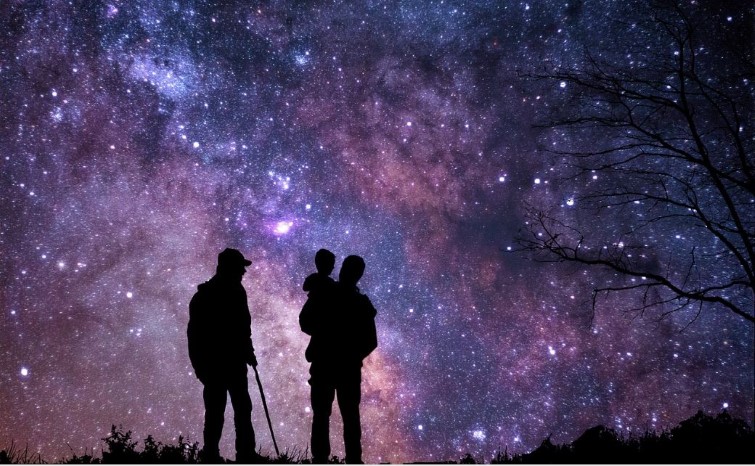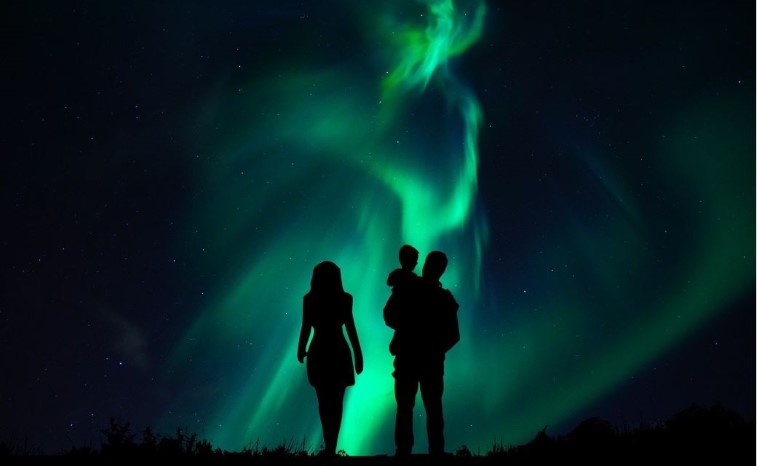Nature wins the award for Best Glow-Up

Seeing the aurora borealis is a real challenge and rarity for most of the world’s population. Until the advent of digital cameras and modern cell phones with powerful cameras, documenting the aurora borealis happened once or twice every ten to twenty years.
“A latest study has suggested that our planet is not the sole planet in the solar system with aurora borealis, or northern lights. It turned out that the Gas Giant Jupiter also possesses a similar phenomenon. The X-ray aurora on Jupiter is “hundreds of times more energetic” and “eight times brighter” than the phenomenon seen on Earth. Researchers said that they are, in fact, bigger than the Earth’s entire surface area.” – Jeanne Rife
A factor that complicates the whole deal for seeing the colorful light curtain winding its way through the sky among the stars is light pollution. The effect of the same in urban and suburban areas is devastating, and rural areas are not spared from the scourge of the illumination of everything and anything.
Scientific satellites in space, numerous ground stations with appropriate sensors, real-time data processing and their simultaneous distribution via the Internet to end users, including us laymen, has turned a once impossible mission into a pretty good-looking hunt for the aurora borealis.
So, first, look for websites or applications that respond to something like this on search engines; “aurora real time monitor”. Take a few minutes to figure out how things work, knowledge and experience are not God-given categories so take your time – it will be worth it!
The aurora in our sky can be extremely strong (bright), but more often it will be a faint sliver of light that moves among the stars like a colorful curtain in the breeze.
Stars can be seen through the aurora, but not “through” light pollution!
Depending on the height at which electromagnetic particles ejected from the Sun collide with those from the Earth’s electromagnetic field and which atoms are more electrically activated (oxygen, nitrogen…), yellow, green, pink, red and purple colors appear.
Often two or more of them at once. The secret color of the aurora is hidden in physics and chemistry, the material of the teaching units that we all went through in elementary school!
It sounds crazy how a “few” atoms of oxygen or nitrogen at altitudes of 100km to 250km can give a light show that we will remember for the rest of our lives.
If you are not sure whether you are watching the space-terrestrial electro-magnetism game, take two or three photos with your mobile phone in night mode or use professional settings. You might be quite surprised!

Even if there is no aurora, the starry scenes caught in the frame can be magical.


